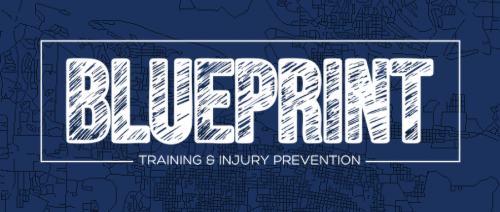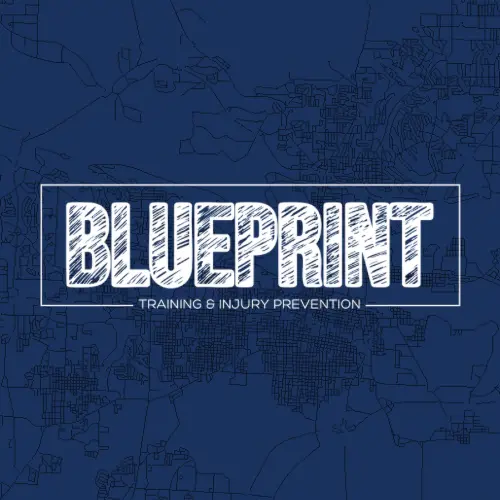This client came to Blueprint Training and Injury Prevention after months of recovery from a serious fall and broken bones. She had no strength left after losing 30-35lbs and not being able to get out of bed for months. She struggled to stand from a seated position, walked very slowly with a walker, and it was difficult to do any daily movements to pick things up or carry them.
Six months later she can now pull 70-80lbs. She can pick up weight while standing and move weight overhead like she needs to while at home. She can walk around her house without a walker AT ALL. She can do some light cardio outside her home while using her walker. She not only can stand again on her own but she can also squat with 15-20lbs of weight. While gaining her strength back her balance has improved and has gained some of her weight back as well.
Ideally we like when clients are proactive and making progress prior to falls and injuries but seeing this client’s progress after falling and months of recovery has been very special to see!

